Amendments to the Code of Safe Working Practices
The Code of Safe Working Practices for Merchant Seafarersamended to include additional issues the following sections:
Entry into enclosed spaces
The operation of watertight doors
Working at height and over the side, in line with new legislation
Scaffolding
Means of access
Mooring, especially small vessels
Handling of chemicals and other substances that can be hazardous to health including health surveillance
including health surveillance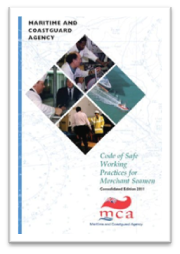
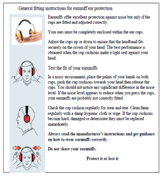 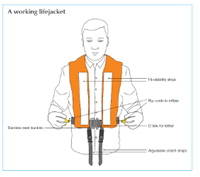 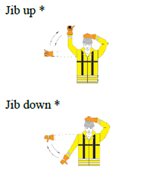 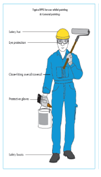
Source– UK Maritime and Coastguard Agency
Collision proves that cell phone use can be a factor in accidents
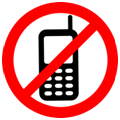
National Transportation Safety Board has issued investigation report regarding the collision of Bulk Carrier Aris T with Tank Barge WTC 3019, Towing Vessel Pedernales, and Shoreside Structures due to the failure of the pilot on the Aris T to take early and effective action to mitigate the risk presented by the developing upriver traffic situation, and the distraction of the captain from safety-critical navigational functions as a result of his cell phone use.
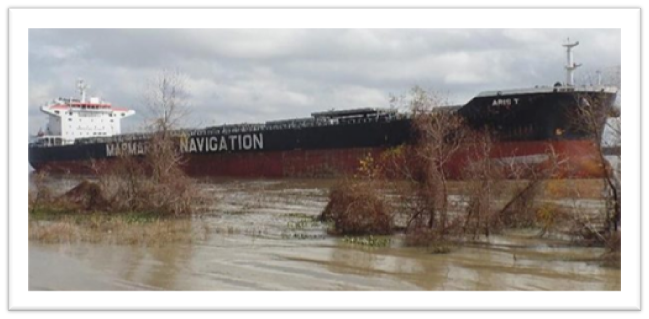
Source – The National Transport Safety Board
Fatality during cargo operations on cargo vessel
The UK MAIB has issued accident investigation report regarding an accident that occurred during cargo operations on general cargo vessel Johanna C with loss of 1 life. Specifically, οn 11 May 2016, the chief officer on board the UK registered general cargo ship Johanna C fell from a large steel cargo unit that was being repositioned in the vessel’s forward hold. The chief officer was moved ashore and taken to a local hospital by ambulance, but he died shortly after arrival.
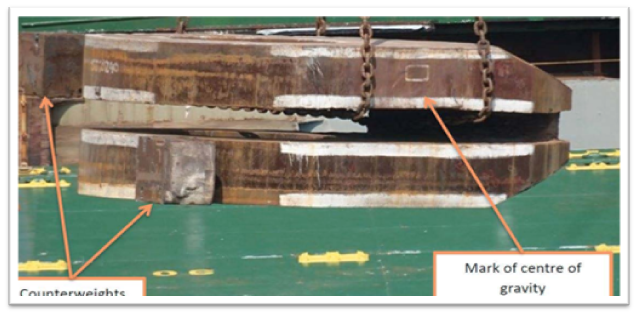
Source – The UK Marine Accident Investigation Branch
Britannia Club issues loss prevention poster on NUC signals
Several ships have recently been questioned for incorrect use of ‘not under command’(NUC) signals whilst drifting and waiting for a pilot to board.
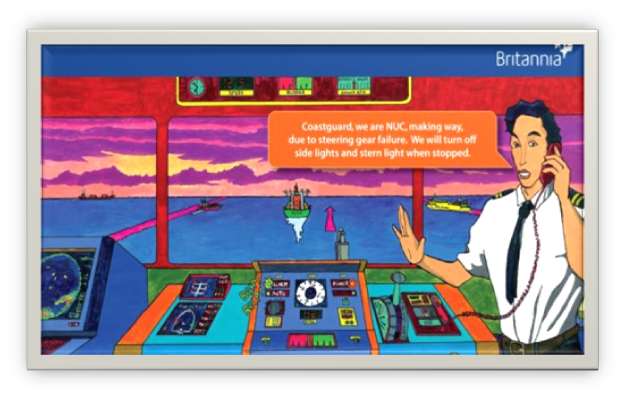
The circumstances illustrated in the poster by the Britannia P&I Club are; it is dusk and the ship is proceeding in heavy traffic; the red flashing instrument panel alarm notifies the bridge team that the rudder gear has failed; the engine room telegraph has been put to ‘stop engines’; the ship is making 12.5 knots; NUC lights (two all round red lights in a vertical line) and the port and starboard sidelights together with the white stern lights are being displayed. The officer of the watch is calling the local coastguard to appraise them of the situation, he also explains his intention to switch off the stern and sidelights (leaving the two all round red lights displayed) when no longer making way. As soon as the main engine, steering gear or other deficiency is repaired the ship should turn off NUC lights (or lower the daytime signal – two black balls in a vertical line) and proceed with normal ‘power driven vessel’ lights in accordance with collision regulation steering and sailing rules for a power driven vessel.
Source – Britannia P&I Club
GMDSS compliance date pushed back
The Republic of the Marshall Islands has announced that IMO has pushed back the compliance date for ensuring Global Maritime Distress and Safety System (GMDSS)communication capability to 01 January 2024.
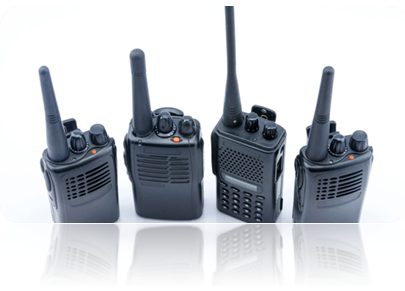
In particular, the IMO now requires that HF radiocommunications equipment capable of operating NBDP be updated to meet the new channeling arrangements, contained in the 2012 Radio Regulations HF, Appendix 17, Part B, Sections II and III (HF direct-printing telegraphy), by the first safety radio survey after 01 January 2024.
Source– The Marshall Islands Registry
Jackup Safety
ABS has produced video which explains that the key to safety in jack-up operations is risk management presenting some of the challenges facing the global jack-up.

Source– American Bureau of Shipping
CHIRP – Safety Awareness Video Bulletin
A new initiative launched by CHIRP and sponsored by the Standard P&I Club aims to promote safety awareness amongst seafarers. This is the fourth CHIRP video of its video series of ‘maritime feedback bulletins’ which includes the following:
-
Flash Fire – welding and painting
-
A very near miss between a yacht and a merchant ship
-
The control, management and use of ECDIS systems in ships
The ‘Confidential Hazardous Incident Reporting Programme’ (CHIRP) works to retain information regarding incidents or near-misses and then distributes this knowledge to assist others to learn from these experiences.

Source – The Standard P&I Club
|

